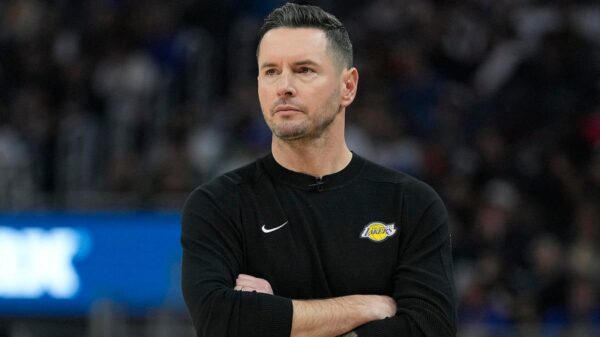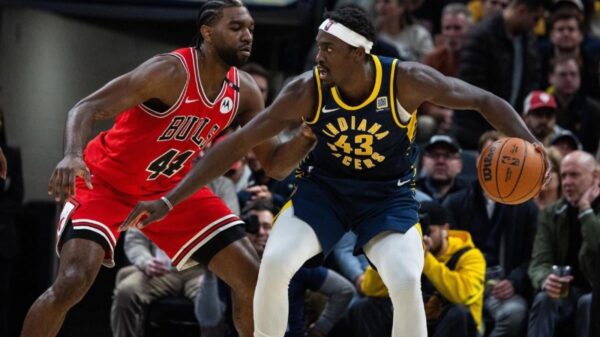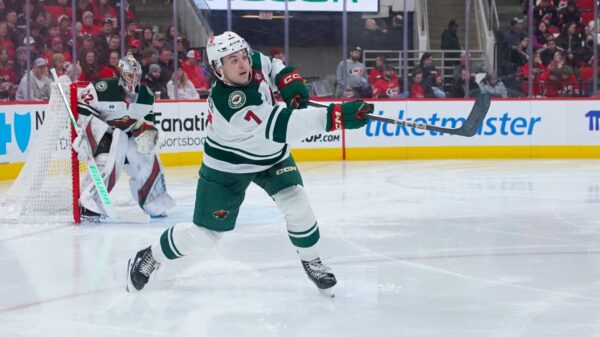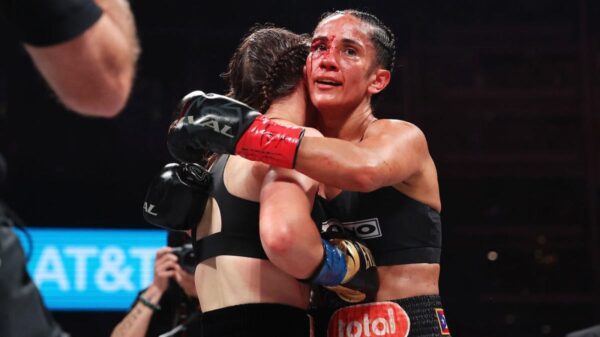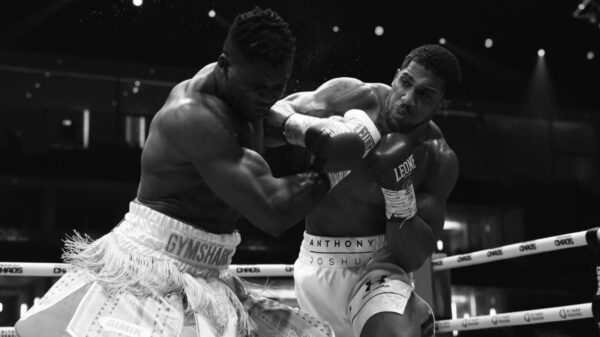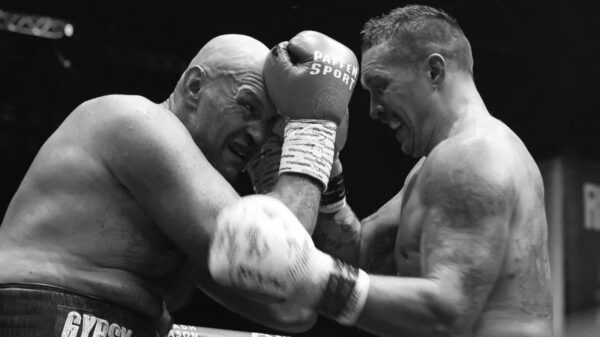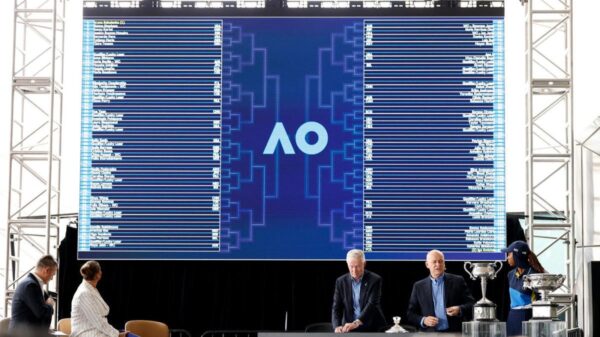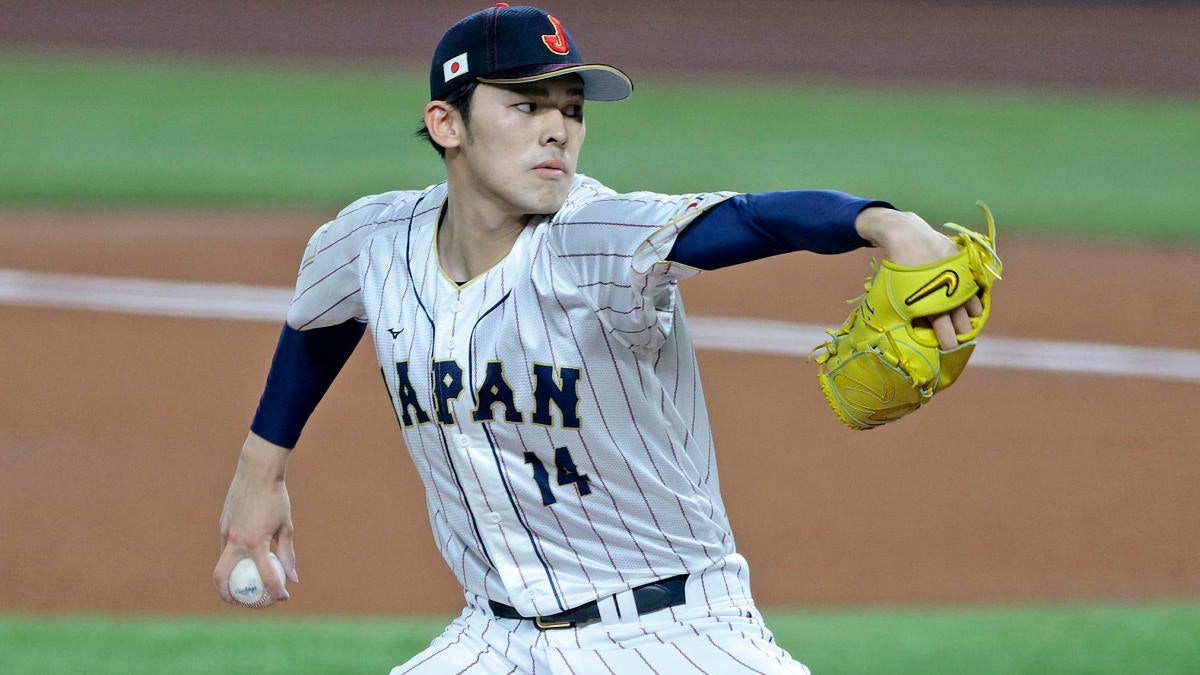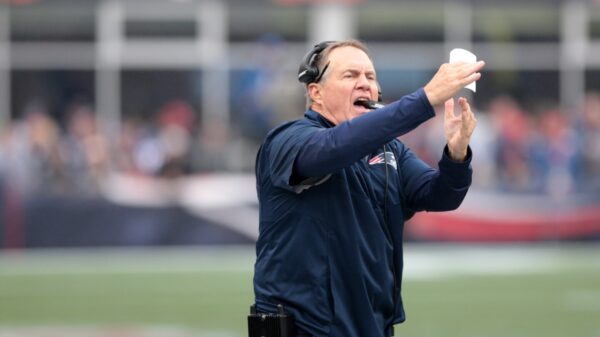The 2024-25 class of free agents enjoyed a major addition when 23-year-old right-hander Roki Sasaki recently joined it. The ace will almost certainly be making the leap to MLB from Japan after his NPB team, the Chiba Lotte Marines, agreed to make him available to stateside clubs via the posting system that governs coming over from Japan.
Given Sasaki’s youth, excellence — he has a 2.02 ERA in 414 2/3 career NPB innings — and the long history of players making a successful transition from NPB to MLB, it’s tempting to think Sasaki is in line for a massive contract on the free-agent market. Under normal circumstances, he would be, but his circumstances are not normal. That’s why Sasaki will be grossly underpaid relative to his market value during the early years of his MLB career and, thus, will not come close to threatening Yoshinobu Yamamoto’s record pact for an international signing.
This has to do with how MLB handles incoming international free agents. Players making the jump from an international league are, in essence, considered to be amateurs until they reach age 25, and any international player considered an amateur is subject to the strict bonus pool for international free agents. (This is why Yamamoto didn’t come to MLB until after he turned 25.) MLB clubs see their international bonus pools reduced when they sign a qualifying-offer free agent or blow past the competitive balance tax threshold. As Ben Badler of Baseball America detailed back in April, no MLB club during the signing period that begins in January will be able to spend more than $7.56 million, rounded up, on international free agents this coming offseason. Clubs have the latitude to increase that figure by trading for another team’s pool money, but they can acquire no more than 75% of their original pool.
By rule, Sasaki will sign a minor-league contract because he’s considered an amateur for MLB purposes. This is illogical in the extreme, but MLB will go to any length to suppress player compensation. However, if he waits to sign until Jan. 15, when the 2025 international signing period begins, he’ll be able to avail himself of that pool money. That doesn’t approach open-market conditions, but it’s something.
The obvious comp here is not Yamamoto and his $325 million pact but rather Shohei Ohtani and his initial signing with the Angels in December of 2017. The rules for signing IFAs were somewhat different then, but the prevailing structure was the same. Because Ohtani was just 23 years old at the time, he landed a bonus of a bit more than $2 million (he could’ve doubled that by signing with one of a handful of other teams, but geographic preferences carried the day for Ohtani). Sasaki’s going to fetch more than Ohtani did because of the current pool size, but like Ohtani, his market is being structurally depressed to an extreme degree. Also, like Ohtani, Sasaki, once he begins his MLB career, will be subject to the usual service-time thresholds like any other player beginning his career. That is, he won’t be eligible for free agency until he has six years of MLB service time.
The other side of this is what Chiba Lotte will receive as compensation for making Sasaki available to MLB teams. Said compensation comes via a “posting fee” that the MLB team that signs the player pays to the NPB team that has made that player available. Here’s how the posting fee is calculated:
- Contract worth less than $25 million: 20% of contract value;
- Contract worth $25 million to $50 million: $5 million plus 17.5% of amount over $25 million;
- Contract worth more than $50 million: $9.275 million plus 15% of amount over $50 million.
Whereas the Orix Buffaloes received a posting fee of more than $50 million for Yamamoto last winter, the Marines are in line to receive a small fraction of that for Sasaki. That’s why the Marines and Sasaki were at loggerheads for so long over when he’d be posted. Sasaki wanted to make the jump immediately, but his NPB club wanted to wait until he was 25 so their posting fee would be drastically higher. Whatever the reasons, Sasaki’s wishes have won out.
Given his stuff, results, and youth, the expectation is that Sasaki will be a frontline force in an MLB rotation right away. Because of the rules laid out above, though, it will be a long time before he’s compensated like one.
Read the full article here












